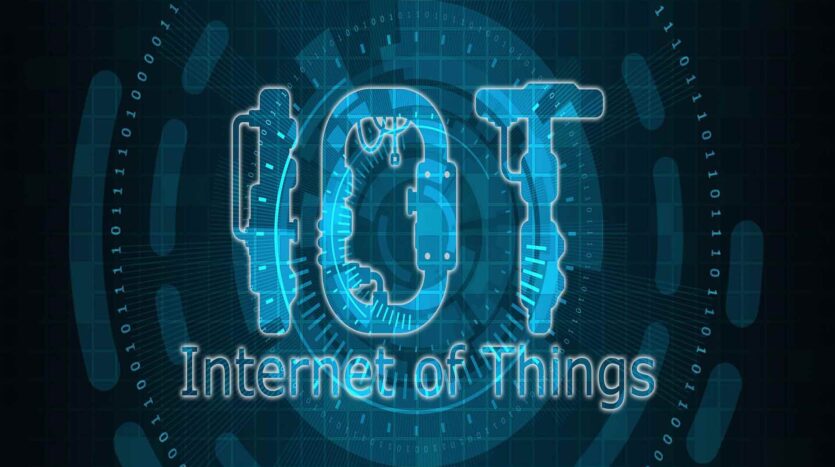IoT Based Home Automation: Embracing the Future
The world of technology continues to evolve, and the concept of the Internet of Things (IoT) has emerged as a game-changer in various industries. IoT-based home automation, in particular, has revolutionized the way we interact with our living spaces. From controlling household appliances to enhancing security and energy efficiency, IoT-based home automation offers a seamless, interconnected living experience.
In this blog, we will delve into the world of IoT-based home automation, exploring its benefits, applications, and the transformative impact it has on our daily lives.
Understanding IoT-Based Home Automation
At its core, IoT-based home automation refers to the integration of smart devices and appliances within a household, all interconnected through the internet and capable of communicating with each other. These smart devices can be remotely monitored, controlled, and programmed through a smartphone, tablet, or voice-activated virtual assistants like Amazon Alexa or Google Assistant.
The interconnected nature of IoT-enabled tool allows for a more intelligent and efficient living environment. By enabling seamless communication between devices, users can create automated routines and scenarios that optimize energy consumption, enhance security, and deliver unparalleled convenience.
Applications of IoT-Based Home Automation
- Smart Lighting: IoT-based smart lighting systems offer flexible control over the intensity, color, and timing of lights. Users can create personalized lighting scenes for different occasions, set schedules, and remotely control lighting even when away from home.
- Home Security: IoT-enabled security cameras, smart doorbells, and motion sensors provide real-time monitoring of the home. Alerts and notifications are sent to the homeowner’s device in case of any unusual activity, enhancing safety and peace of mind.
- Energy Management: IoT-based home automation enables energy-efficient living by allowing users to monitor and control heating, cooling, and electrical appliances remotely. Smart thermostats can adapt to user preferences and adjust the temperature based on occupancy and weather conditions, resulting in reduced energy consumption and lower utility bills.
- Home Entertainment: Smart TVs, speakers, and audio systems can be integrated into the IoT ecosystem, enabling users to control their entertainment devices through a single interface or voice commands.
- Smart Appliances: IoT-enabled home automation extends to household appliances such as refrigerators, ovens, washing machines, and robotic vacuum cleaners. These appliances can be monitored and controlled remotely, making household chores more convenient and efficient.
Benefits of IoT-Based Home Automation
- Convenience and Comfort: With IoT-based tools, the ability to control and manage devices from a central platform or through voice commands simplifies daily tasks and routines. Homeowners can enjoy a higher level of comfort and convenience by automating various aspects of their living environment.
- Energy Efficiency: Smart energy management systems help homeowners reduce energy wastage by optimizing heating, cooling, and lighting based on occupancy and preferences. This results in lower utility bills and a reduced carbon footprint.
- Enhanced Security: IoT-enabled security systems provide real-time monitoring and instant alerts in case of any security breaches or suspicious activities. This level of vigilance contributes to a safer living environment.
- Remote Monitoring and Control: The ability to monitor and control devices remotely using a smartphone or tablet gives homeowners greater flexibility and peace of mind. They can check on their homes while away, adjust settings, and receive alerts when necessary.
- Personalization: IoT-based tools allows users to customize their living experience according to their preferences. Whether it’s setting the perfect lighting ambiance or creating unique automation routines, personalization is at the core of the smart home experience.
Challenges and Considerations
While IoT-based home automation offers a myriad of benefits, it is essential to consider some challenges and factors before diving into the world of smart living:
- Interoperability: As the market for IoT devices continues to expand, ensuring compatibility and interoperability between different devices and brands can be a challenge. Homeowners must carefully choose devices that can seamlessly work together.
- Security and Privacy: IoT devices collect and transmit data, raising concerns about security and privacy. Homeowners should choose reputable brands with robust security measures and stay informed about potential vulnerabilities.
- Initial Investment: Implementing a comprehensive IoT-based home automation tool may require an initial investment. However, the long-term cost savings in energy efficiency and improved living experience often outweigh the upfront costs.
Conclusion
IoT-based home automation is transforming the way we interact with our living spaces, creating a more intelligent, efficient, and interconnected home environment. The ability to control and monitor devices remotely, enhance security, and optimize energy consumption has made smart living a reality for millions of homeowners worldwide.
As technology continues to evolve, IoT-based system is set to further revolutionize the way we live, making our homes safer, more efficient, and more comfortable than ever before. Embrace the future of living with IoT-based home automation and experience the benefits of a smarter home.




